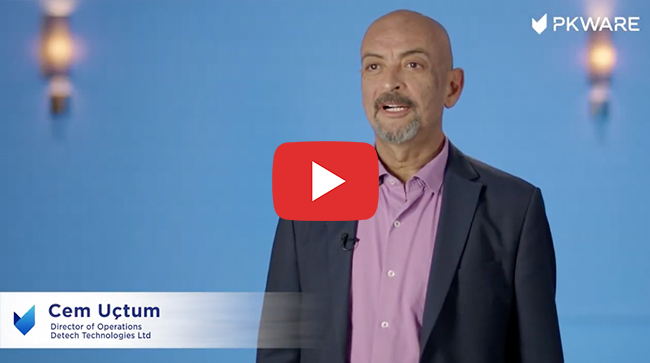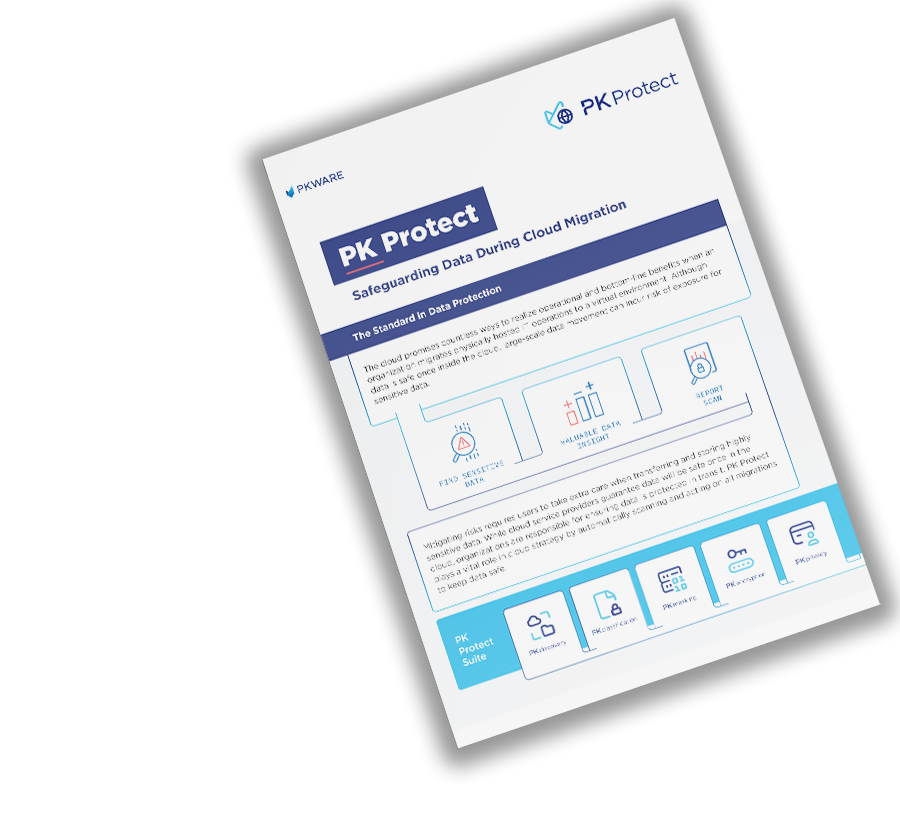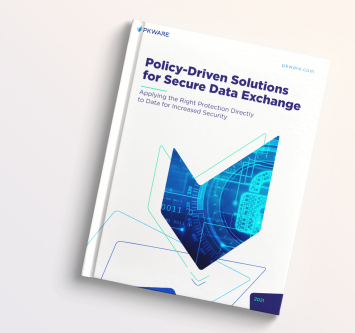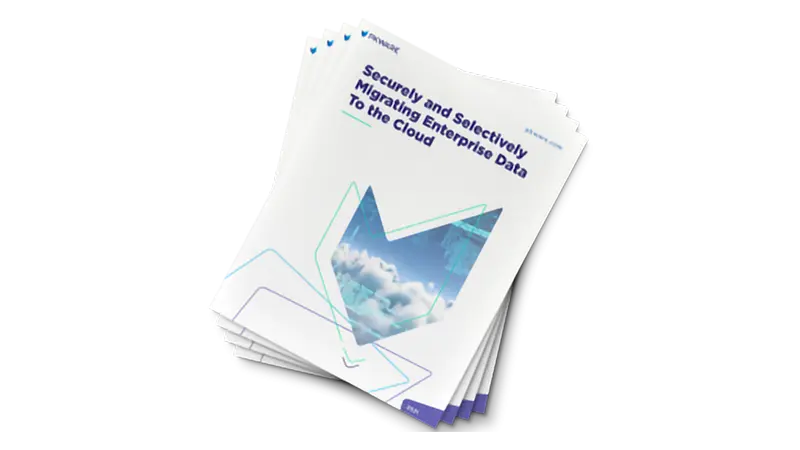Cloud
Secure Data Protection for Cloud Environments
The world is more data-driven than ever before. With data constantly being created, organizations are tapping into the power and efficiencies of cloud computing to reduce IT costs and fuel data-driven business intitatives. Additional business benefits include increased speed, agility, flexibility, and cost efficiencies.
Nearly one third of companies have experienced a security incident in their public cloud infrastructure within the last 12 months.
Complete Your Cloud Strategy
Cloud Coverage for Security, Privacy,
and Governance
With the cloud service provider shared security responsibility model, organizations are left with the obligation to properly store and manage information in the cloud that could be considered sensitive or private. Cloud users need confidence in a go-to solution for securing data that has functionality across multiple services with a global overview for cross-account support and cross-platform consistency.
Define sensitive data policies with PK Protect, which can then detect and protect sensitive elements across petabytes of data.







